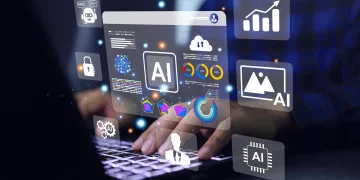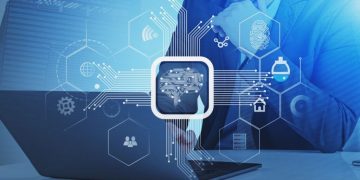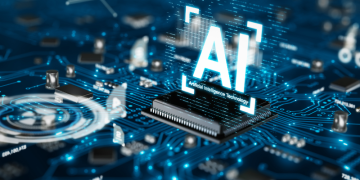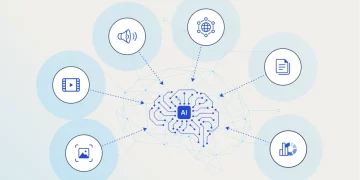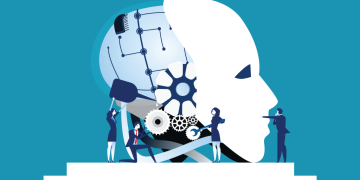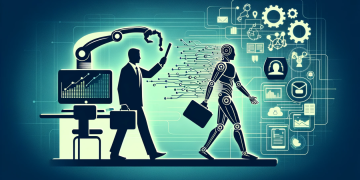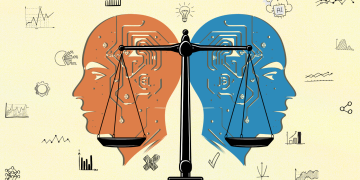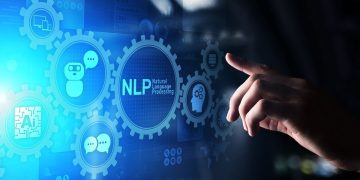As we move deeper into the age of artificial intelligence (AI), businesses are increasingly relying on advanced tools and platforms to enhance productivity, optimize operations, and stay competitive in an ever-evolving market. In 2025, AI tools are not just a luxury or an afterthought—they are becoming essential components of business strategy. From customer service automation to predictive analytics and personalized marketing, AI is helping companies streamline operations, make data-driven decisions, and improve customer experiences. In this article, we’ll explore the top AI tools revolutionizing business operations in 2025 and how they are helping organizations navigate the challenges of a digital-first world.
1. AI-Powered Customer Service Tools: Enhancing Support and Engagement
Customer service has long been a critical area for businesses to invest in, and with AI, companies are transforming how they interact with their customers. AI-powered customer service tools are streamlining customer support, increasing response times, and providing personalized experiences. In 2025, businesses are increasingly turning to AI chatbots, virtual assistants, and intelligent customer service platforms to deliver high-quality support at scale.
One of the leading AI-powered customer service platforms is Zendesk. Zendesk uses AI to enhance its customer service capabilities by automating responses to frequently asked questions and routing complex inquiries to human agents when needed. The platform’s machine learning algorithms can analyze past customer interactions and predict the most relevant answers to specific queries, drastically improving response times.
Another popular tool is Drift, which leverages conversational AI to engage customers in real-time, providing personalized experiences based on browsing history and past interactions. Drift’s chatbots can qualify leads, schedule appointments, and even offer real-time product recommendations. As businesses continue to shift towards a more digital-first approach, tools like Zendesk and Drift are making it possible to offer 24/7 customer service with minimal human intervention.
Intercom is another tool leading the way in AI-powered customer support. By using AI, Intercom’s chatbots handle the first level of customer inquiries, offering solutions to common problems or questions before routing more complex requests to human agents. This process helps businesses maintain a consistent and efficient customer service experience, reducing the need for customers to wait in long queues.
These AI-powered tools not only help businesses save time and money but also enable organizations to offer a level of personalized service that would otherwise be difficult to scale.
2. AI for Data Analytics: Driving Insights from Big Data
Data analytics is another area where AI is making a significant impact. With businesses generating more data than ever before, leveraging AI to process and analyze that data has become critical to staying competitive. In 2025, AI tools are enabling organizations to derive actionable insights from vast amounts of data, helping them make informed decisions that drive growth.
One of the most widely used AI-powered analytics tools is Google Cloud AI. Google Cloud AI enables businesses to process large datasets and use machine learning algorithms to uncover trends and patterns that would be difficult for humans to spot. From predictive analytics that forecast future trends to natural language processing tools that help analyze customer sentiment, Google Cloud AI is at the forefront of enabling businesses to make data-driven decisions.
Another standout tool in the AI analytics space is Tableau. Known for its powerful data visualization capabilities, Tableau integrates AI to help businesses automate data analysis and create more meaningful reports. By incorporating machine learning algorithms, Tableau allows users to uncover hidden insights, spot trends, and even make recommendations based on the data they are analyzing.
For businesses in the eCommerce space, BigML is a popular AI tool that allows users to apply machine learning models to customer behavior data. BigML helps companies predict which customers are likely to make a purchase, offering businesses the ability to focus on high-value leads. By using BigML’s predictive analytics tools, businesses can tailor their marketing and sales strategies to individual customer needs, ultimately driving conversion rates and revenue.
3. AI in Marketing: Personalizing Campaigns and Increasing Engagement
Personalized marketing is one of the most significant advantages of using AI in business. By leveraging AI-powered tools, businesses can better understand their customers, deliver more relevant content, and increase engagement across various channels. In 2025, AI is making it possible for businesses to deliver highly customized marketing campaigns at scale, helping brands form deeper connections with their audiences.
HubSpot, a leading inbound marketing platform, has integrated AI into its tools to improve lead scoring and segmentation. HubSpot’s AI algorithms can analyze customer behavior, categorize leads, and prioritize high-value prospects, helping businesses direct their marketing efforts more effectively. With AI, HubSpot enables businesses to deliver personalized email campaigns, targeted ads, and content recommendations that are tailored to each customer’s preferences and behaviors.
Persado is another AI tool revolutionizing marketing. This AI-powered platform helps businesses optimize their messaging by analyzing which words, phrases, and tones resonate best with different customer segments. Using machine learning, Persado generates language that maximizes customer engagement, resulting in higher click-through rates and better conversion rates. Businesses in sectors such as retail, travel, and finance are using Persado to drive better outcomes from their marketing campaigns.
For eCommerce businesses, Dynamic Yield is a powerful AI tool that allows brands to personalize product recommendations, content, and pricing strategies for each customer based on their browsing history and preferences. Dynamic Yield’s AI models continuously learn from user interactions to deliver real-time, personalized experiences that improve customer satisfaction and drive sales.
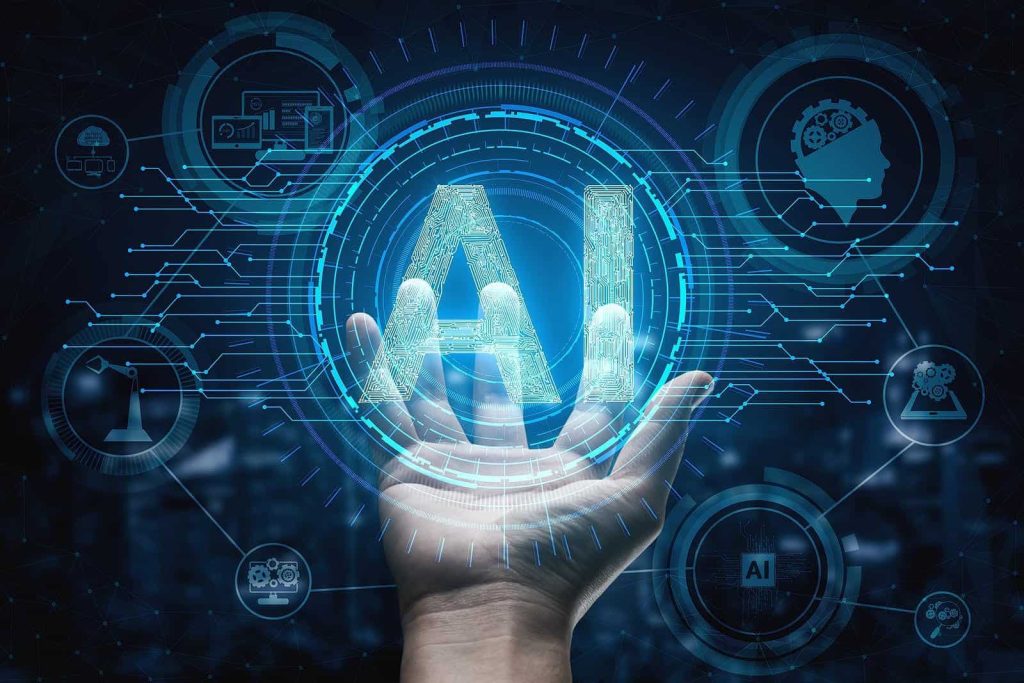
4. AI for Human Resources: Streamlining Recruitment and Talent Management
Human resources (HR) is another area where AI is making waves. AI tools in HR are helping businesses streamline the recruitment process, improve employee engagement, and optimize workforce management. With AI, businesses can automate administrative tasks, identify top talent more effectively, and create a more efficient HR operation overall.
HireVue is one AI-powered tool that is revolutionizing the hiring process. By using natural language processing (NLP) and machine learning algorithms, HireVue can analyze video interviews and assess candidates’ responses based on a variety of factors, such as communication skills, body language, and emotional intelligence. This AI-driven approach helps recruiters identify the most suitable candidates more efficiently, ultimately improving the quality of hires and reducing hiring biases.
Workday, another AI-driven HR platform, offers comprehensive solutions for talent management. By leveraging AI and machine learning, Workday helps businesses with workforce planning, performance management, and employee engagement. The platform can analyze employee data to identify trends in performance, turnover, and engagement, allowing companies to make data-driven decisions about talent development and retention strategies.
For smaller businesses, Zoho Recruit uses AI to help automate the recruitment process, from posting job openings to screening resumes and scheduling interviews. This allows HR teams to focus on higher-level tasks while the AI handles time-consuming administrative duties.
5. AI for Cybersecurity: Protecting Businesses from Digital Threats
As cyber threats become more sophisticated and pervasive, businesses are increasingly turning to AI to help safeguard their data and systems. AI-powered cybersecurity tools are able to detect potential security breaches, identify vulnerabilities, and take proactive steps to prevent attacks.
Darktrace is one of the leading AI tools in cybersecurity. Using machine learning algorithms, Darktrace continuously monitors network activity and analyzes patterns to detect anomalies that may indicate a cyber threat. The platform uses AI to respond to potential threats autonomously, blocking suspicious activity before it can cause harm to the business. This proactive approach helps businesses stay one step ahead of cybercriminals, preventing costly data breaches and system compromises.
Another powerful AI-driven cybersecurity tool is CrowdStrike. CrowdStrike uses AI to provide endpoint protection by detecting, preventing, and responding to threats in real-time. Its platform uses machine learning to identify malware and other types of cyberattacks, helping businesses protect sensitive data from cybercriminals and hackers.
Vade Secure is a specialized AI tool designed to combat phishing attacks. It uses machine learning algorithms to identify phishing emails and prevent them from reaching employees’ inboxes. By analyzing email content, sender behavior, and other factors, Vade Secure helps businesses mitigate the risk of phishing and other email-based threats.
6. AI for Supply Chain and Logistics: Optimizing Operations
AI is also playing a critical role in optimizing supply chain management and logistics. Businesses are using AI to predict demand, optimize inventory levels, and improve delivery efficiency. In 2025, AI-powered supply chain tools are helping companies reduce costs and increase operational efficiency.
Llamasoft, a leader in AI-driven supply chain optimization, helps businesses predict demand, optimize inventory, and reduce lead times. The platform uses machine learning to analyze historical data and forecast future demand, allowing companies to make better decisions about inventory management and production scheduling.
Blue Yonder is another AI-powered supply chain tool that leverages predictive analytics to improve demand forecasting and supply chain optimization. The platform helps businesses plan for fluctuations in demand, manage inventory levels, and optimize delivery schedules.
For last-mile delivery, Onfleet uses AI to optimize delivery routes and improve efficiency. Onfleet’s machine learning algorithms analyze traffic patterns, delivery times, and other variables to ensure that drivers take the most efficient routes, reducing costs and improving delivery times.
7. The Future of AI Tools in Business: What’s Next?
As AI continues to evolve, the future of AI tools in business is bright. Businesses can expect to see even more powerful platforms that integrate multiple AI technologies, offering end-to-end solutions for everything from customer service and marketing to supply chain optimization and cybersecurity. AI will become even more intuitive and accessible, enabling businesses of all sizes to leverage its capabilities to streamline operations and improve decision-making.
Conclusion
AI tools are revolutionizing the way businesses operate in 2025, helping companies stay competitive by enhancing efficiency, improving customer experiences, and making data-driven decisions. From customer service automation to predictive analytics, personalized marketing, and supply chain optimization, AI is transforming industries across the board. As AI continues to advance, businesses that embrace these tools will be well-positioned to thrive in a rapidly changing digital landscape.




